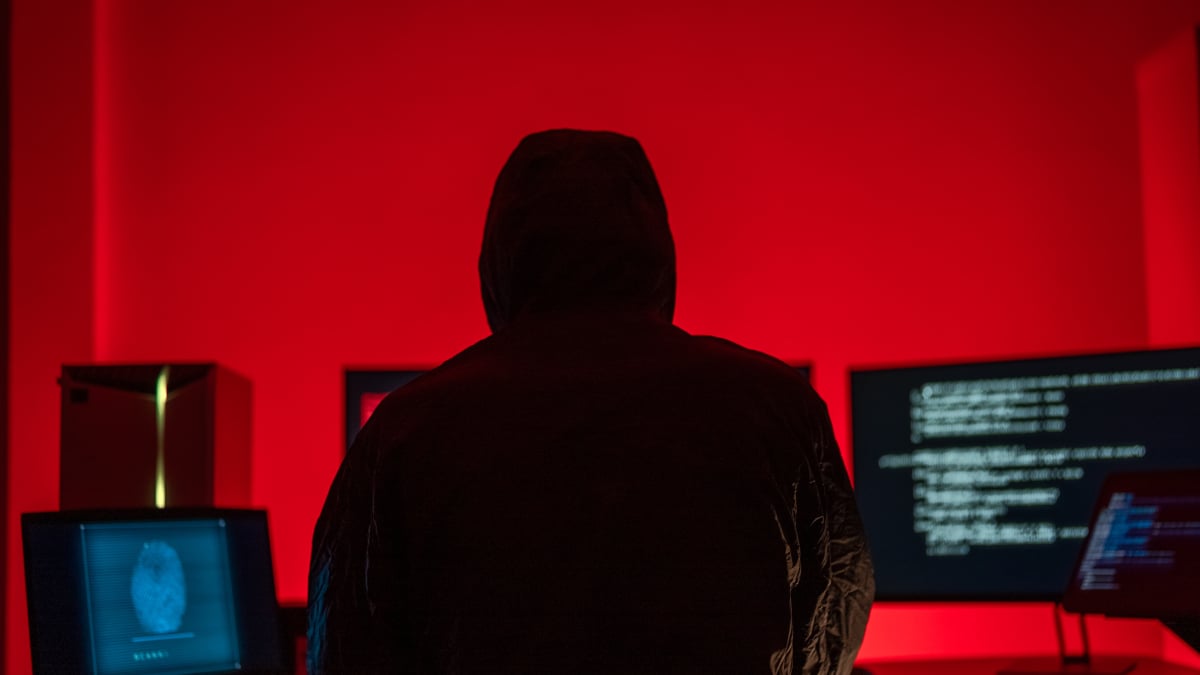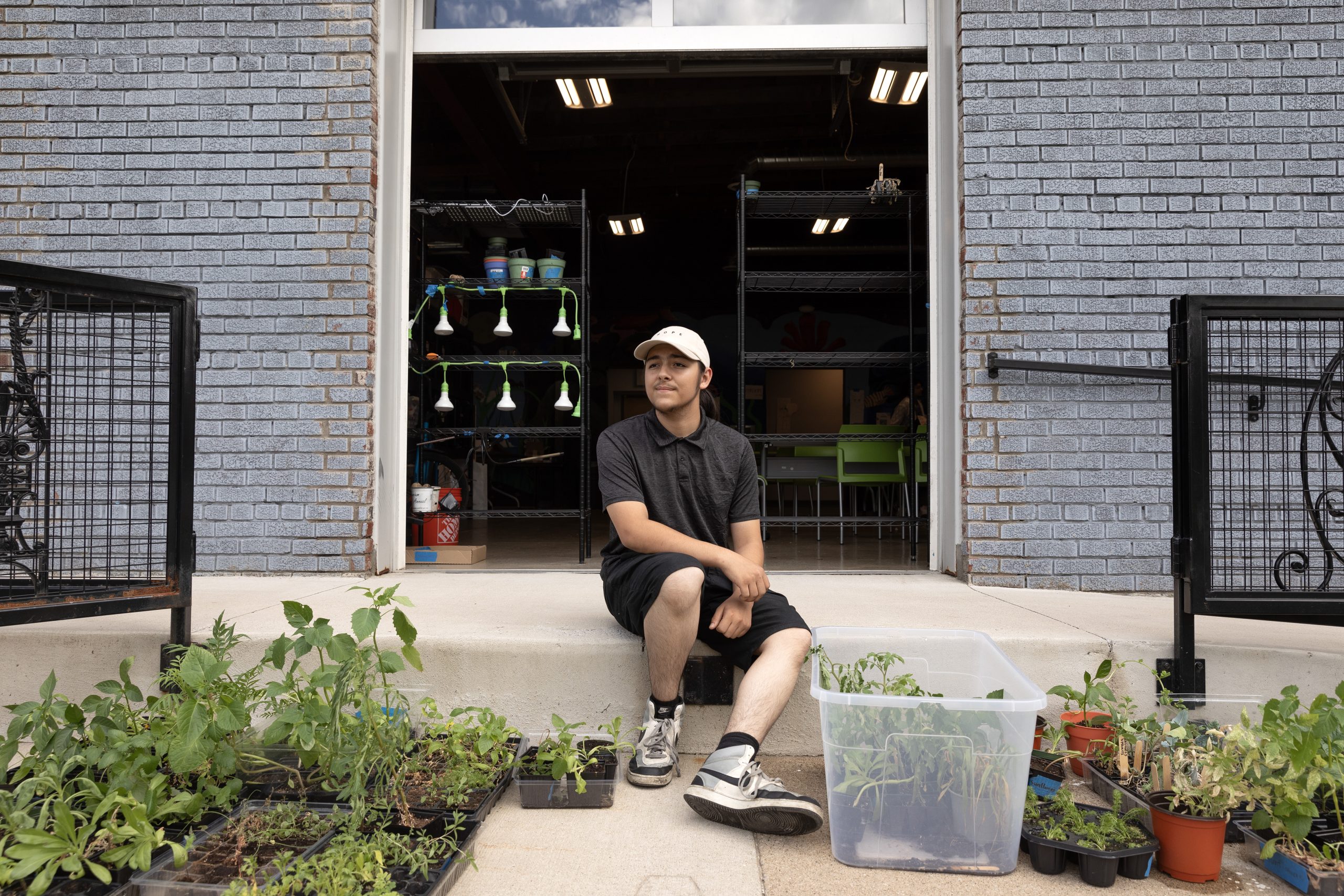
Before we reveal my top movies of the year, let’s take a look at some of 2024’s worst offerings.
Whereas I am going to do a Top 30 of my Best Of The Year, I’m only doing a Top–well, “top”, such as it is–Ten of my worst flicks of 2024. But that’s for a pretty good reason: when you look at stuff mass released commercially, 2024 wasn’t that terrible of a year! At least not what I saw; I had enough sense not to see Madame Web or Kraven The Hunter, though.
(Actually, I have sworn off watching comic book based movies for fun, and I figure these two will both someday get drawn for the Stew World Order podcast, whereupon I’ll have to watch and review them then. So in the meantime, the aforementioned flicks, as well as the second Joker offering, remain a blindspot for me. Look, if I’m going to HAVE to watch them someday, why watch bad movies twice if I have other things to view?)
You may have noted my usage of the phrase “mass released commercially”. That’s because I received several screeners for independent, smaller-budgeted films, and I am excusing them from this list. Two-fold be the reason:
First, I don’t particularly like calling out those kinds of flicks for being bad. It feels unnecessarily cruel. These filmmakers tried their best, and while their best may not be that good, I still don’t want to knock their earnest efforts.
And secondly, they would make up almost the entirety of this list, and how much fun would you have if the whole thing was stuff you’ve likely never heard of?
So, no… we are keeping this to the bigger theatrical releases for the most part, even if they were hard floppers at the cinema.
With that out of the way? Who’s ready to see what stunk this year? I sure am!
Legacy sequels often have a huge hill to climb to really hit strong with audiences or critics, but it’s anything but impossible. We have seen flicks like Top Gun: Maverick and Bill & Ted Face The Music be successful and entertaining despite long layoffs from their source material.
Unfortunately, Beetlejuice Beetlejuice took no notes from the good legacy sequels and just went lazy in its reprisal. Gone are pretty much every single element that made the original work. There is no heart. The humor isn’t as funny. The story is not focused and direct.
What we got instead are Winona Ryder and Michael Keaton sleep-walking through their roles, Jenna Ortega being a bland copy-paste of Lydia’s character from the first movie, and about seven plotlines too many, none of which are resolved in anything resembling a satisfactory manner.
Really, ONLY Catherine O’Hara is even putting forth an effort in this one. And she’s good, but not good enough.
The ultimate sin of Road House’s 2024 requel is mostly its forgettability. I barely recall anything that happened in it. And what I do recall–Conor McGregor’s “acting”, horribly filmed action sequences that tried to be revolutionary, and Jake Gyllenhaal’s imbalanced characterization–is the kind of stuff I wish I hadn’t.
I’m not the kind of person who is opposed to remakes (or requels or whatever) on principle. Some truly fantastic movies are remakes of older properties. It’s not impossible, or even that hard, to do a remake of a movie that matches or even surpasses the original.
But boy… Road House sure did not do it. This was a lazy story with bad screenwriting and some awful acting. Even Jake himself is nowhere near the top of his game. Make no mistake: he’s the ONLY reason to watch this, and he does at least try. But his character is all over the map, and his emotions rarely fit the setting.
Ah, yes. The excerption to my “I don’t see comic book movies until I have to” philosophy. But my uncle and aunt bought extra tickets to see this, and it would have been rude to turn down their offer to see it for free and get dinner together. So while I successfully ducked Joker, Madame Web, and Kraven… I didn’t escape this graphic novel brought to life on the big screen.
Here’s my first disclaimer: I’m not even a huge fan of the original The Crow. I’ve never sat through the whole thing since I was a kid. So my disdain for this flick comes from its own piss-poor efforts, not out of loyalty to what came before.
I will give The Crow 2024 credit for TRYING. It has one truly great action set piece and it attempts to build a relationship between the leads that we will care about. But there’s just no tact to anything here. Nothing is created with any care. It tries to deviate from the original Crow and do its own thing, which is a solid strategy, but it never truly forges its own identity. So it just comes across for what it is: a pale imitation.
I’m not really a musician bio-pic kind of guy. They are often fine, I guess, but not the type of movie I seek out. I don’t care about the life of, say, Johnny Cash or Bob Dylan. I go to the movies because I want fantastical works of fiction brought to life. Not… someone else’s real life brought to another kind of life.
But you know what’s worse than a good musician biopic? A bad one! And Back To Black is definitely a bad movie. It skips over chunks of Winehouse’s life and leaves out plenty of seemingly relevant details. It makes her years-long battle with drug and alcohol addiction a footnote, when it should have been the core of the tale.
It’s just not a worthwhile movie.
For my full review, click HERE.
I actually moderately enjoyed Russell Crowe’s role in the recent film The Pope’s Exorcist. It allowed him to clown around with a fun accent and ride a scooter. What more could you want? Well not this, that’s for sure.
The Exorcism removes the light-hearted elements of The Pope’s Exorcist and replaces them with a more boring straight-ahead exorcising story arc that sees Crowe’s lead character get possessed while on the set of a new movie. There’s some okay family drama with his daughter and his vices, but that’s really all there is to like. Aside from that, there’s nothing here you haven’t seen done much better elsewhere.
Ah yes, with Brothers we have an action-comedy that both never makes you laugh AND has pretty uninspired action set pieces. The double-whammy! It certainly has the cast to have succeeded, but no one is doing particularly inspired work here. Josh Brolin has his charisma turned down to zero, Peter Dinklage is going through the motions, Glenn Close is just “there”, and Brendan Fraser… well, okay. Fraser is putting forth a little resistance to the drag of everything else.
Mostly what this boils down to is that it’s trying to be funny, but it almost never accomplishes that mission. Nothing is worse than a comedy with no laughs.
For my full review, click HERE!
Practical effects only get you so far with me. Look, I appreciate them, too. I know a lot of people do. And I, like many people, would love to see more good practical effect work in movies. But the key word there is “good”. Just doing practical effects for the sake of doing them doesn’t curry favor with me if they don’t stand up well.
So you’ve got some werewolves that don’t hold up to having any real light shined on them, and a screenplay that doesn’t take nearly enough advantage of its wild premise to have a true blast with it. This could have further cemented Frank Grillo as an underground action star if they let him have some fun and really sink his teeth into the role, but… it was not to be.
Not a winner!
Imagine making a movie about a HAUNTED SWIMMING POOL, and not having at least a little fun with it. Just… having “haunted swimming pool” as your entire plot and deciding that it needs to attempt to be treated super seriously. Imagine telling your actors and producers and assembled movie-making talent this. It boggles the mind.
But here we are, with The Haunted Swimming Pool Movie and a storyline and direction that seems to not realize that joy exists in the world. One could have made an excellently campy picture around this absurd premise, but here we are, with… not that. With poor Wyatt Russell and the rest of the cast having to be believably scared and horrified.
Of a haunted swimming pool.
I’ve heard, from multiple sources, that this movie was [somehow] a substantial upgrade on its predecessor. And now it is set up to usher in a whole nonsense cinematic universe of twisted public domain properties. Imagine what society will do in one hundred years to The Sopranos and weep for us all.
This is threadbare nonsense, with nowhere near enough story to entertain its runtime. It quickly turns into repetitive kills and gore. And while kills and gore can be fun–and there are some highlights here–a movie has to have at least a LITTLE more going for it than this.
But what story this even tries to tell is utter bunk that just doesn’t work out.
For my full review, click HERE! First off: I come bearing apologies to Jeremy who I know really enjoyed this picture, but it did not work for me.
I did not find this movie to be funny or relevant or even particularly well-made. It stretches its plot thin at barely 90 minutes, and even that includes weird, pointless psychedelic scenes and irrelevant character flashbacks. It misuses some of the big names on its cast, and is just an overall mess of a picture.
It IS admittedly weird to think this is the WORST movie I saw all year, but then again it isn’t, I guess. I just culled a bunch of those aforementioned indie flicks that came in behind it. And besides, a bad movie from a Coen Brother should count for more than a bad movie from Jabroney McIphonecamera.
And it does. And this is quite bad, and not just for Ethan Coen. Don’t cry for Margaret Qualley, though. We’ll see her pop back up in the Best Of side of things…
Oh yeah, I did not see Borderlands, either, because I’ve never played those games, so I figured I wasn’t the target audience for it, anyway. I hear it’s also quite bad, and you know… I don’t TRY to seek out bad movies just so I have something to write about at year’s end. The aforementioned ten are all movies I thought I at least MIGHT enjoy. I never thought that would be the case with Borderlands.
I actually had quite high hopes for Drive-Away Dolls, matter of fact. Oh well.
Regardless, tell me the worst movies you watched in 2024 in the comments! Were any of these among them?
And until next time… take care!
Beetlejuice 2, Night Swim, The Crow, Rob Stewart
Copyright © 2024 411mania.com, LLC. All rights reserved.
Click here for our privacy policy. Please help us serve you better, fill out our survey.
Use of this site signifies your agreement to our terms of use.









